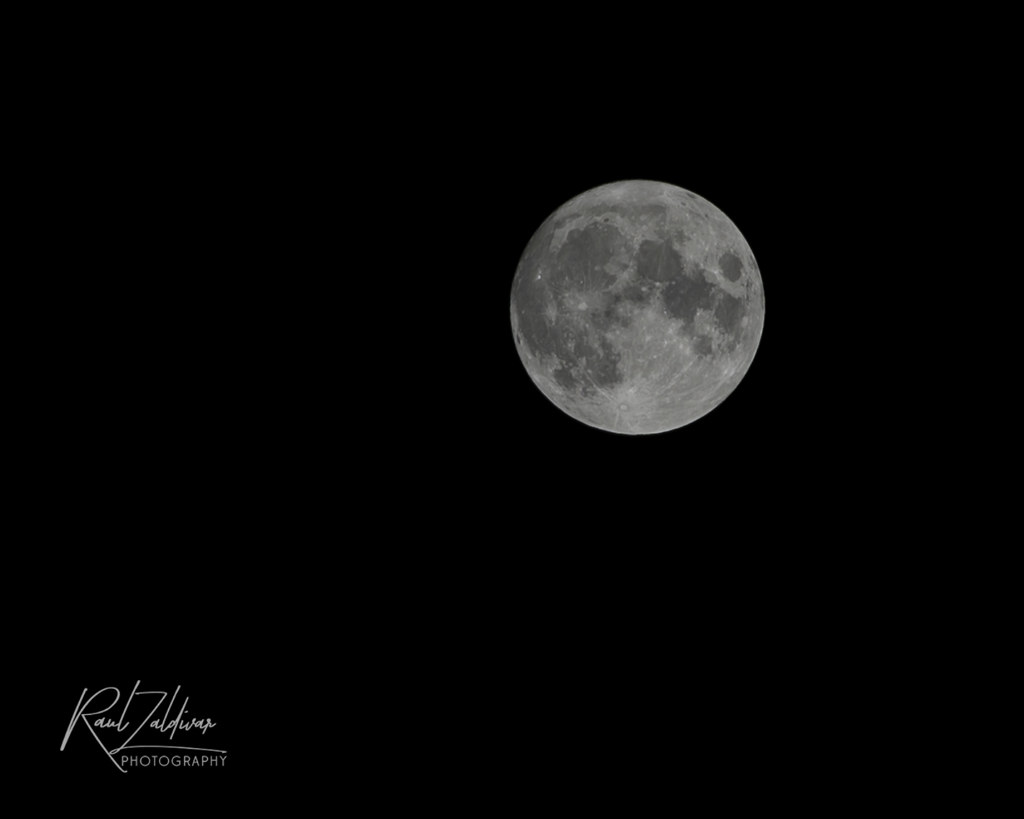The Importance of the Full Moon
The full moon holds a unique place in both astronomy and culture, captivating human interest for centuries. Not just a striking visual spectacle, the full moon has significant implications for various aspects of life on Earth, from cultural traditions to scientific observations. Its consistent 29.5-day cycle has been historically linked to agricultural practices, spiritual rituals, and even animal behaviour.
The Science Behind the Full Moon
The full moon occurs when the Earth is situated directly between the sun and the moon, allowing sunlight to fully illuminate the moon’s surface. This astronomical event leads to increased tidal ranges, as the moon’s gravitational pull influences the oceans. According to the UK Hydrographic Office, the alignment of the sun, moon, and Earth during the full moon can lead to exceptionally high and low tides, affecting marine life and coastal ecosystems.
Cultural Significance
Throughout history, various cultures have attributed different meanings and significance to the full moon. Many societies use the lunar calendar, which is influenced by the moon’s phases. For example, the Harvest Moon is celebrated as it indicates the time to harvest crops. In numerous spiritual beliefs, the full moon is viewed as a powerful time for manifestation and introspection. In fact, some studies suggest that human behaviour may be influenced by the full moon, leading to increased emergency room visits, altered sleep patterns, and heightened emotions, though some of these claims remain scientifically debated.
Current Events and Observations
As of October 2023, the next full moon is expected to occur on October 28, coinciding with the Hunter’s Moon, which traditionally signified the time for hunting and preparing for the winter months. The relevance of the full moon continues to resonate today, as enthusiasts and astronomers alike take to social media with captured images, sharing the beauty of this celestial event with a global audience. Furthermore, many local communities host moon gazing parties and educational talks during these full moons, promoting awareness of astronomy and its relevance to modern science.
Conclusion: The Full Moon’s Ongoing Significance
In conclusion, the full moon serves not only as a natural phenomenon but also as a bridge between science and culture. Its influence on tides, agriculture, and human behaviour reflects its importance to many aspects of life on Earth. As we look forward to the upcoming full moons, we are reminded of the interconnectedness of the universe and the rich cultural narratives that accompany celestial events. Whether it serves to guide farmers, inspire artists, or encourage collective gatherings, the full moon remains a significant element in our lives.


